Ten Tips for Firearm Safety in Your Home
Ten Tips for Safe Firearm Handling and Storage in Your Home
Introduction
Firearms are integral to many households for recreational, hunting, and self-defense purposes. However, their possession is responsible for handling them safely and preventing accidental injury or death. Whether you're a seasoned gun owner or starting, prioritizing safety can help prevent accidents and promote responsible firearm use. Regardless of your experience with firearms, adhering to essential safety measures is crucial.
This blog post offers ten practical tips for ensuring firearm safety in your home. We'll cover the most critical safety guidelines, such as treating every firearm as loaded, storing firearms securely, and keeping them away from children. Keep in mind that its important to consider gun safety even if you do dry fire training along at home, experts says. By these guidelines, you can reap the advantages of firearm ownership while reducing the chances of accidental harm or fatality.
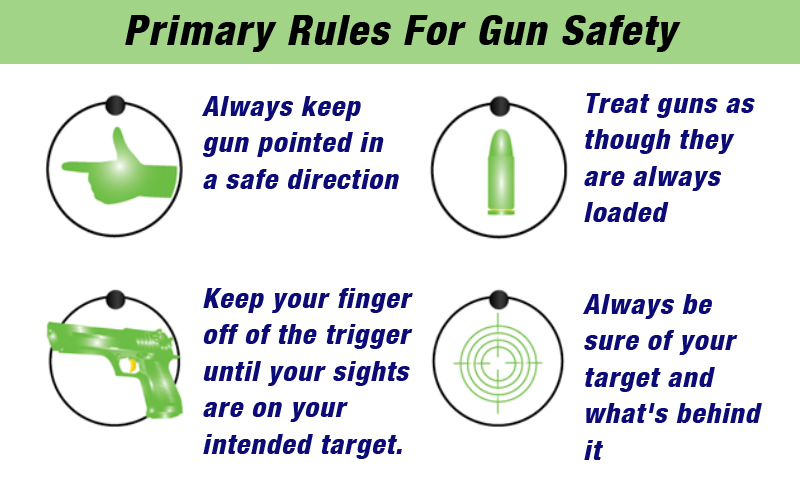
Treat every firearm as if it's loaded.
The first and most crucial rule of firearm safety is to treat every firearm as if it's loaded, even if you know it's not. This means you should always handle firearms cautiously, whether cleaning, holding, or showing them to someone else.
Remembering to keep your firearm pointed in a certain direction, away from yourself and those around you is a fundamental aspect of responsible firearm ownership. This principle should always be at the forefront of your mind when handling firearms. This absolute rule is critical to minimize the risk of unintentional injuries or harm. Treating every firearm as loaded will make you more likely to follow safe handling practices and avoid accidental discharges. These simple yet crucial steps can help prevent unintentional injuries or fatalities.
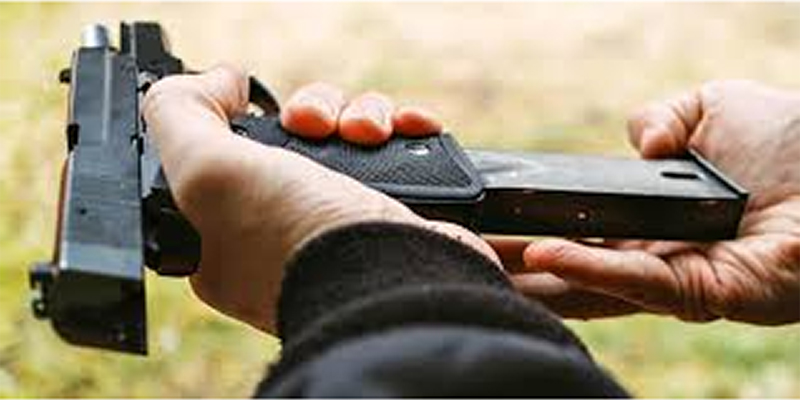
Inspecting firearms to ensure they're unloaded before handling them is also essential. This includes visually inspecting the chamber and magazine and using your finger or a tool to check for ammunition physically. Even if someone tells you that a firearm is unloaded, it's always best to verify it yourself.
Remember that accidents can happen even to experienced gun owners, and treating every firearm as loaded is critical in preventing them.
Keep firearms out of reach from children.
Keeping firearms out of reach of children is essential for preventing accidents and ensuring their safety. Children are naturally curious and may see firearms as toys, which can lead to serious injury or death if they gain access to them.
The best way to keep firearms out of reach of children is to store them securely in a locked safe or cabinet. Ensure that the safe or cabinet is inaccessible to children and that they cannot easily access the keys or combination. If you must store firearms outside of a locked safe or cabinet, ensure that they are unloaded and have a trigger lock or cable lock installed.
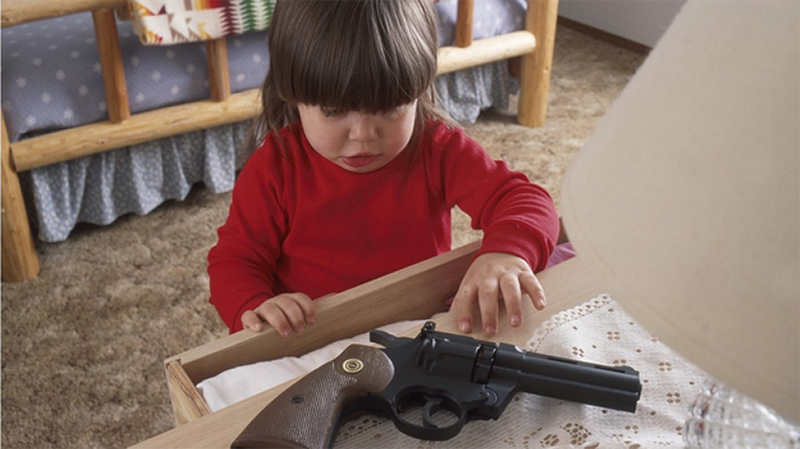
Additionally, it's essential to educate children about firearms and their dangers. Teaching children that firearms are not toys and should only be handled by responsible adults is crucial to firearm safety education. Educating children on this principle can help prevent accidents and encourage a culture of responsible firearm ownership. By instilling this value in young minds, you can help prevent accidents and promote responsible firearm ownership in future generations. If you have firearms in your home, teach your children about firearm safety and what to do if they come across a firearm.
Remember that keeping firearms out of reach of children is not just an option; it's a responsibility. Securing firearms and educating children about their dangers can help prevent accidents and keep your family safe.
Always point the firearm in a safe direction.
Pointing the firearm in a safe direction is an essential rule of firearm safety. Doing so ensures that if the gun does discharge, it will not harm you or anyone else.
A safe direction is any direction that will not result in injury or damage to property if the firearm discharges. Pointing the muzzle of a firearm in a safe direction away from yourself, others and anything you don't intend to shoot is a critical aspect of firearm safety.
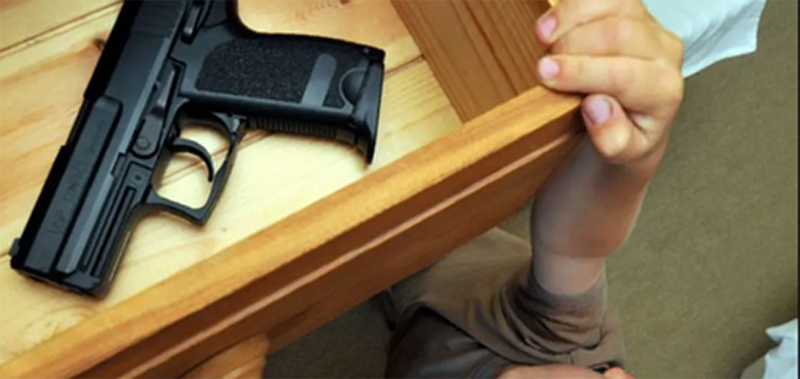
When transporting a firearm, always keep it pointed in a safe direction, whether loaded or unloaded. If you need to change the direction you're telling the gun, ensure that you've checked the area behind your target and that it's safe.
When handling a firearm, it's essential to be constantly aware of where it's pointed and to ensure it's always in a safe direction. Remembering that firearms are deadly weapons, and even the smallest mistake can result in serious injury or death. By remaining mindful of this critical safety measure, you can help prevent accidents and promote responsible firearm ownership.
Keep ammunition separate from firearms.
Keeping ammunition separate from firearms is an essential safety precaution that helps prevent accidental discharges. By storing ammunition separately from weapons, you can ensure the gun cannot be loaded and fired accidentally.
Storing ammunition in a locked container or cabinet, separate from firearms, is the best way to promote firearm safety in the home. Ensure ammunition is stored in a cool, dry place, away from heat and direct sunlight. By keeping ammunition secure and out of reach of unauthorized individuals, we can help prevent accidents and ensure responsible firearm ownership.
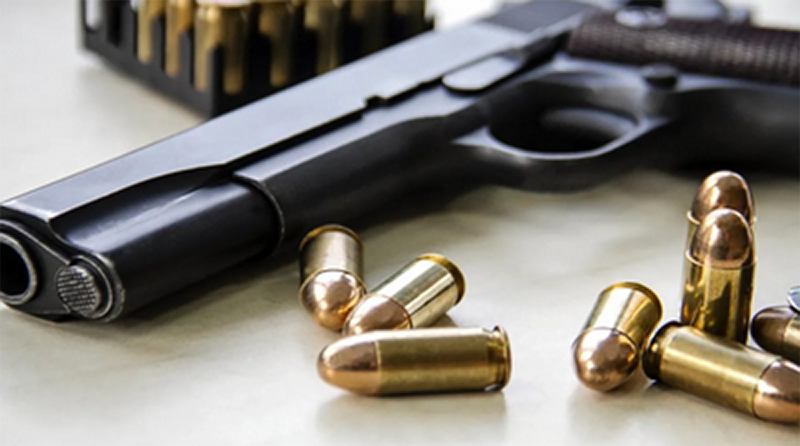
Always check that it's the correct caliber for your firearm when handling ammunition. Using the wrong ammunition can cause serious injury or death.
Additionally, never leaving ammunition in a firearm when not used, even if you've unloaded it, is essential. This reduces the risk of accidental discharges and keeps the ammunition and firearm stored separately.
By keeping ammunition separate from firearms, you can ensure that you follow safe handling practices and prevent accidents. Responsible firearm ownership requires proper storage and handling of weapons and ammunition.
Never leave firearms unattended.
Never leaving firearms unattended is an important rule of firearm safety. Leaving guns alone increases the risk of theft, misuse, or accidents. It's essential to keep firearms under your direct control or stored securely in a locked safe or cabinet when not in use.
If you need to leave your firearm temporarily, ensure it's unloaded and stored securely in a locked container or cabinet. If you're transporting a gun in a vehicle, always keep it under your direct control, either on your person or in a locked container or cabinet.
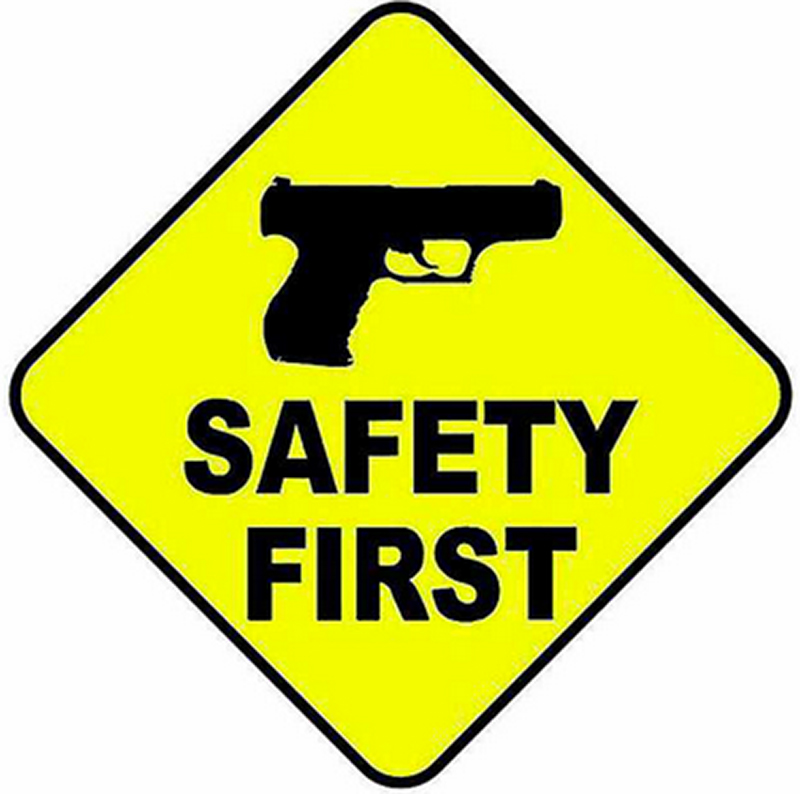
Never leave a firearm unattended, even if you think it's safe. Children or other unauthorized persons may come across the gun and cause an accident. Additionally, leaving a firearm unattended increases the risk of theft, which can lead to the weapon being used in a crime or falling into the hands of someone who should not have access to it.
Remember that responsible firearm ownership includes always keeping firearms under your direct control or stored securely in a locked container or cabinet when not in use. By following this rule, you can help prevent accidents and ensure the safety of yourself and others.
Keep your finger off the trigger.
It's easy to accidentally discharge a firearm if your finger is on the trigger, even if you don't intend to shoot.
When handling a firearm, keep your finger outside the trigger guard and alongside the gun frame until you're ready to shoot. This helps prevent accidental discharges and ensures you have full control of the firearm.
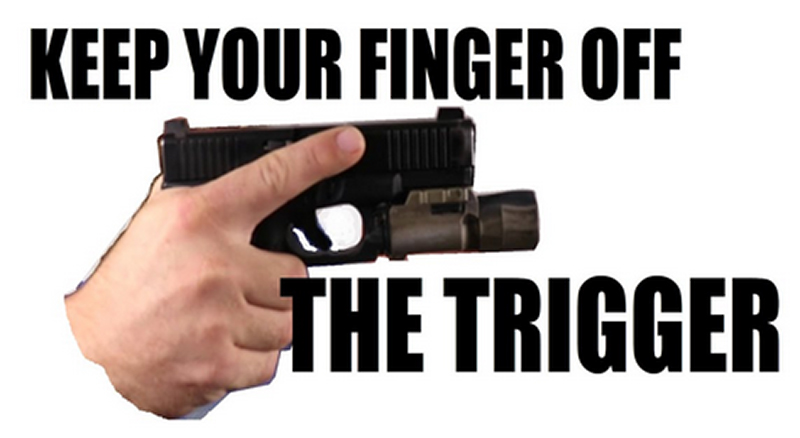
Additionally, avoid resting your finger on the trigger when carrying a firearm, as any sudden jolt or movement can cause your finger to pull the trigger accidentally.
Remember that firearms are dangerous weapons and should be treated respectfully and cautiously. Always avoid placing your finger on the trigger until you're prepared to shoot, and ensure you know what is in front of and behind your intended target. These simple yet critical safety measures can help prevent accidental injuries and ensure responsible firearm use. This rule can help prevent accidents and ensure you always have full firearm control.
Be aware of your surroundings.
Being aware of surroundings is a crucial rule of firearm safety. It's critical to be mindful of your surroundings and know what's in front of and behind your target when handling a firearm. Before firing a firearm, ensure your target is clear of any people, animals, or objects you don't want to hit. Additionally, be aware of what's behind your target, as a bullet can travel through it and hit something or someone beyond it.
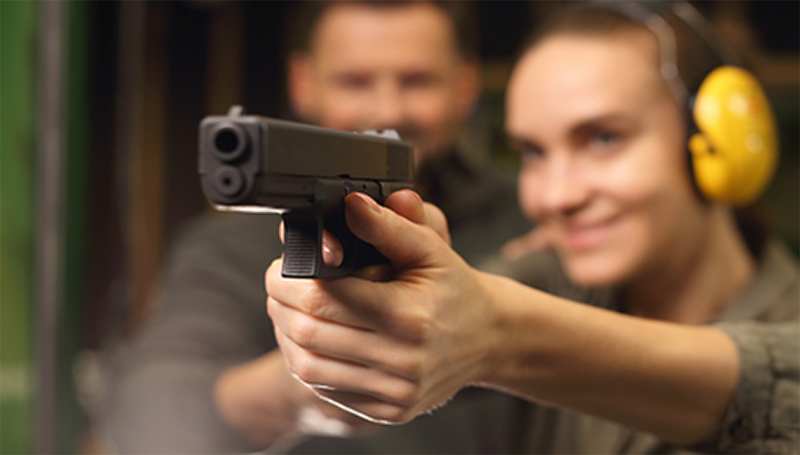
When using a firearm in a public area or hunting, being aware of other nearby people and animals is crucial. Always ensure that you have a clear line of sight and that you're not in danger of accidentally hitting someone or something.
Additionally, you must be aware of any laws or regulations regarding firearm use in your area. Some areas may restrict when and where firearms can be used, and you must know and follow these laws.
Knowing what's in front of and behind your target can help prevent accidents and ensure you use your firearm safely and responsibly.
Only use firearms when not under drugs or alcohol.
Using firearms while under the influence of drugs or alcohol is a dangerous and irresponsible practice that can lead to accidents, injury, or death. Using guns is crucial only when you're not under the influence of drugs or alcohol. A recent study by GunHub showed that 34% of firearm related deaths were intoxicated at the time of the event.
Alcohol and drugs can damage your judgment, reaction time, and coordination, making it difficult to handle firearms safely. Even if you're an experienced shooter, using guns while under the influence can increase the risk of accidents and put yourself and others in danger.
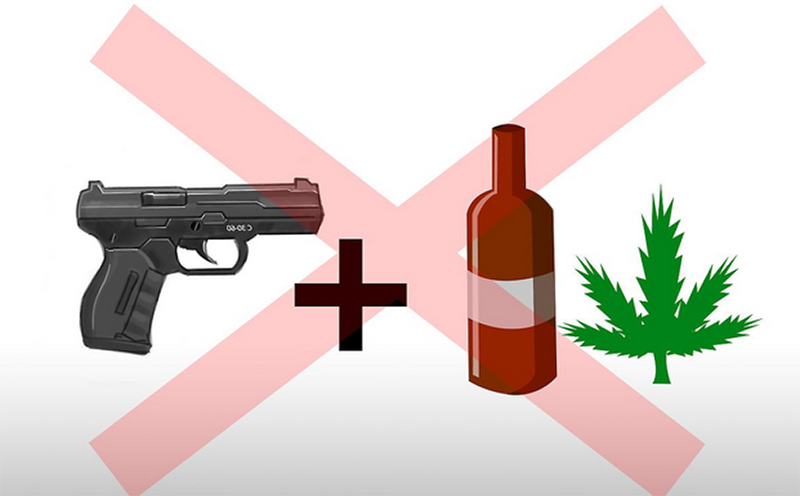
If you're taking medication that may impair your judgment or coordination, consult your doctor before using firearms. Some medicines may have side effects affecting your ability to handle firearms safely.
Remember that responsible firearm ownership requires using firearms only when sober and not under the influence of drugs or alcohol. Following this rule can help prevent accidents and ensure you use guns safely and responsibly.
Also Read about : 5 Things To Include On Your Shooting Practice Checklist
Conclusion
In conclusion, firearm safety is an essential responsibility of every gun owner. Following these tips for firearm safety in your home can help prevent accidents and ensure that you're using firearms safely and responsibly.
Treat every firearm as if it's loaded, keep guns out of reach of children, always point the firearm in a safe direction, keep ammunition separate from firearms, and never leave firearms unattended. And Responsible firearm handling involves several critical safety measures, including keeping your finger off the trigger until you're ready to shoot, remaining aware of your surroundings, only operating firearms while sober and drug-free, storing firearms securely, and possessing a thorough understanding of safe firearm handling techniques. These essential safety guidelines can help prevent accidents and promote responsible firearm ownership.
Practicing these rules and being a responsible gun owner can help prevent accidents and promote safe and reliable firearm use. Remember that firearm safety is everyone's responsibility, and taking the necessary precautions can help ensure the safety of yourself and others.
